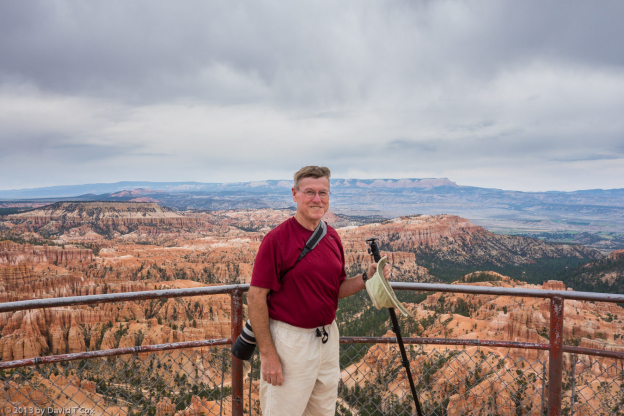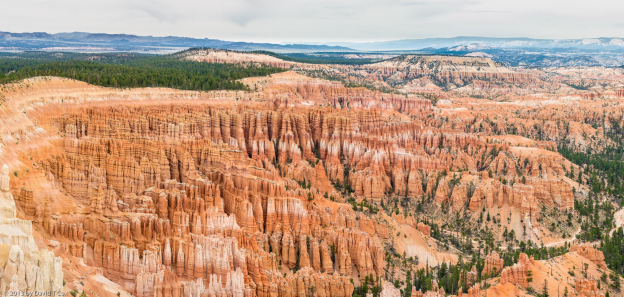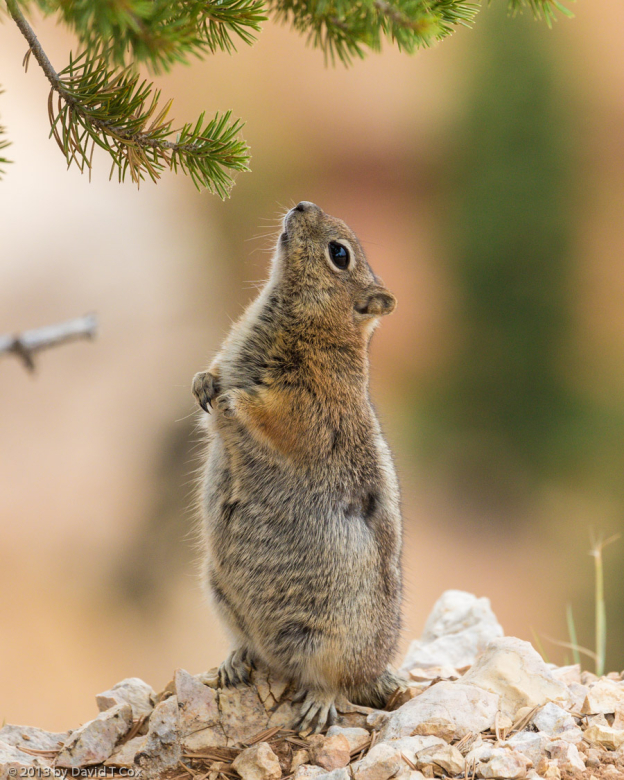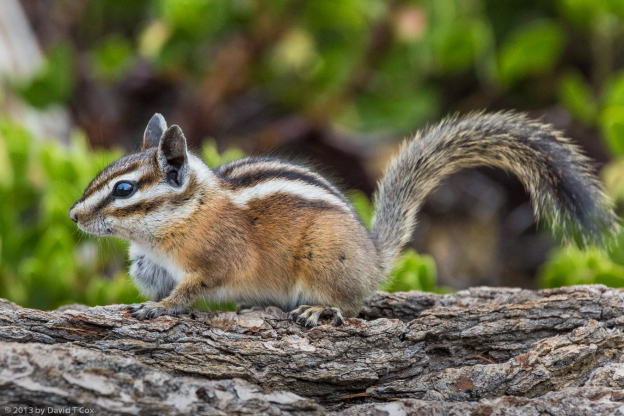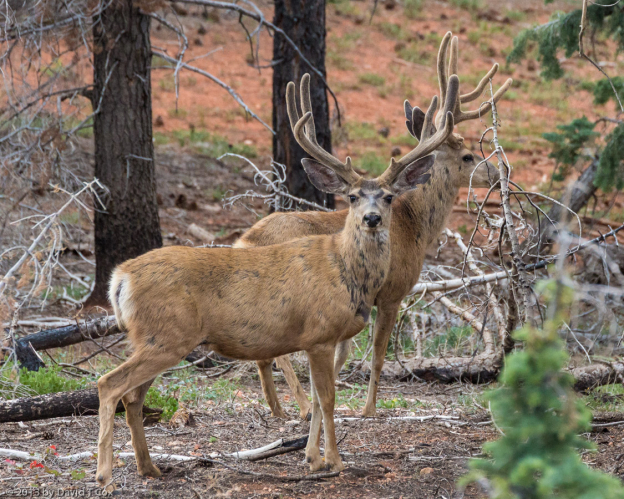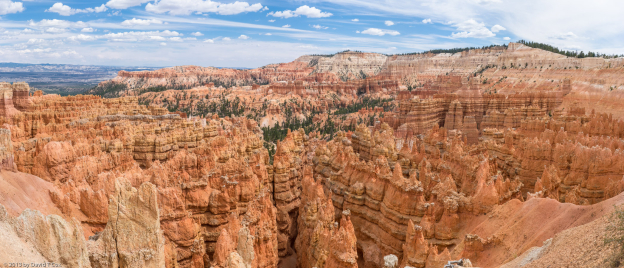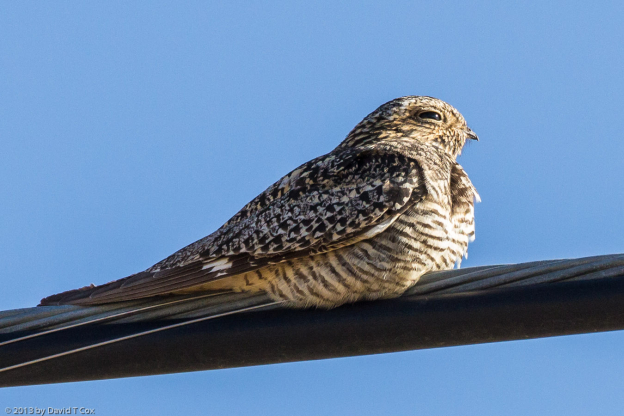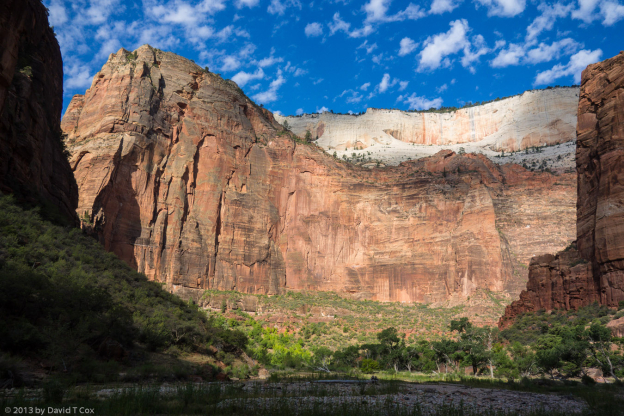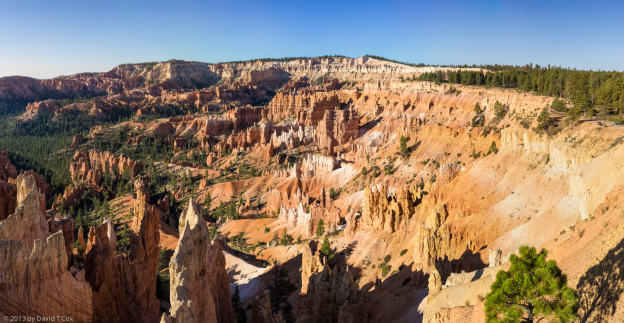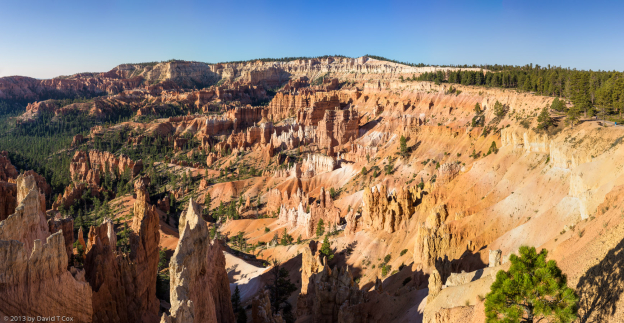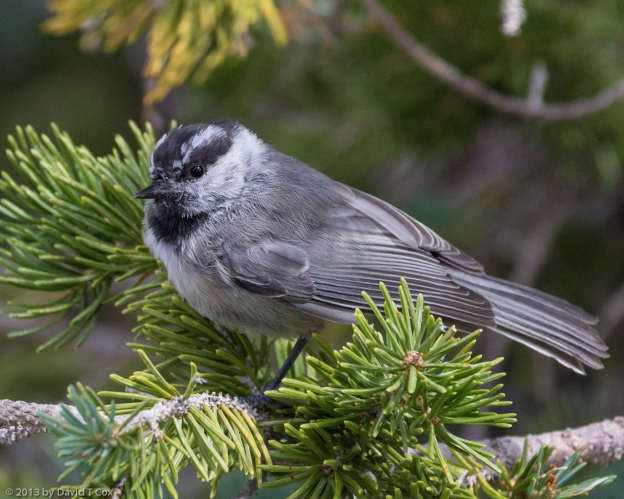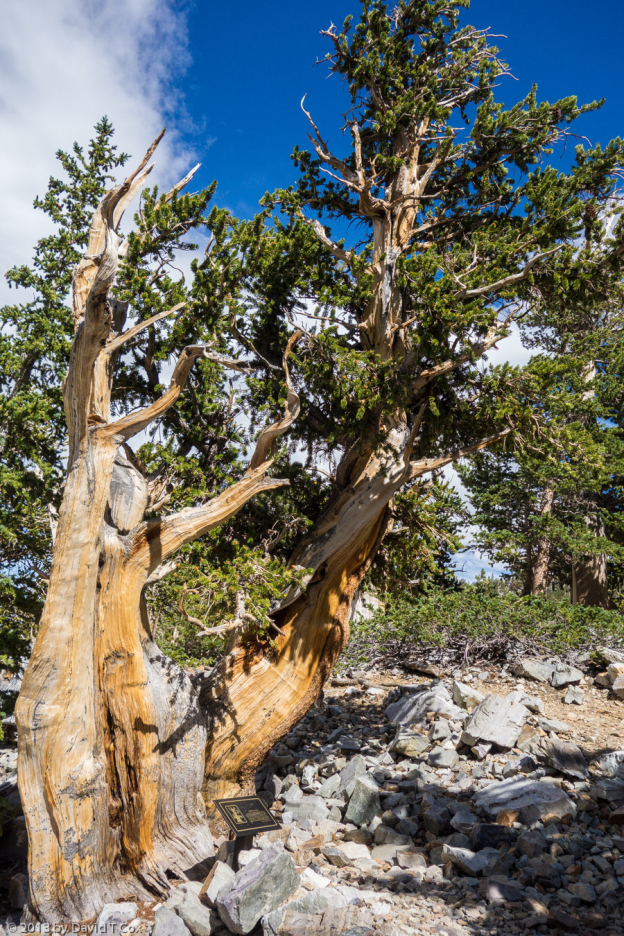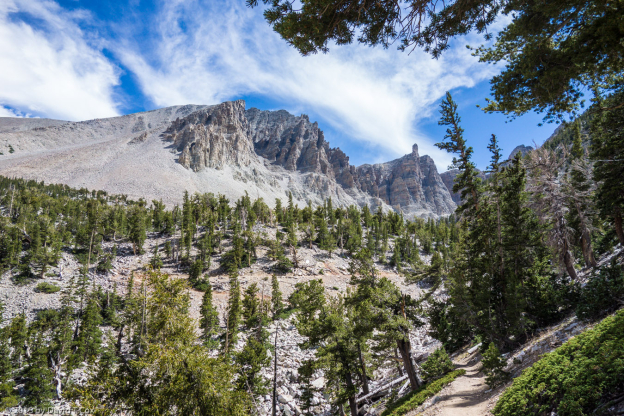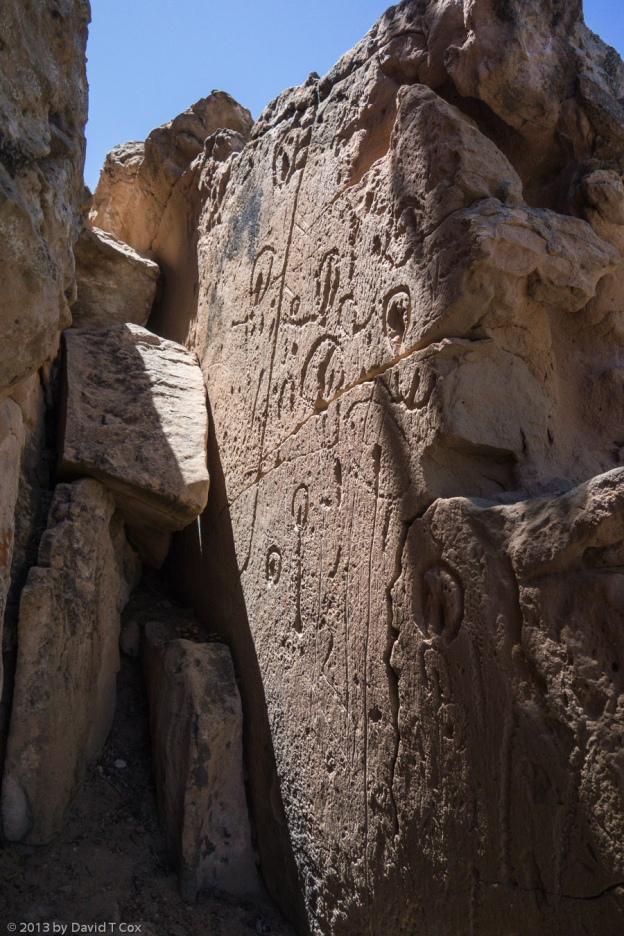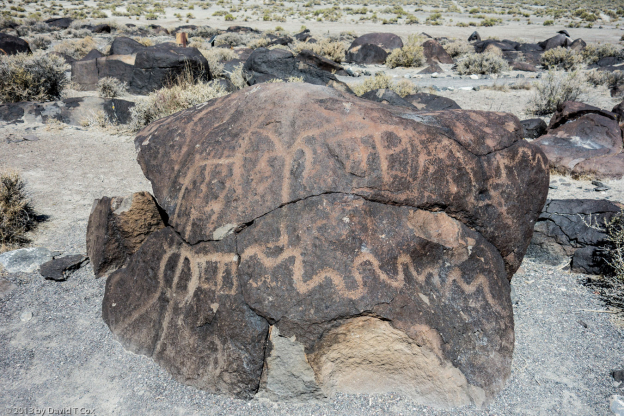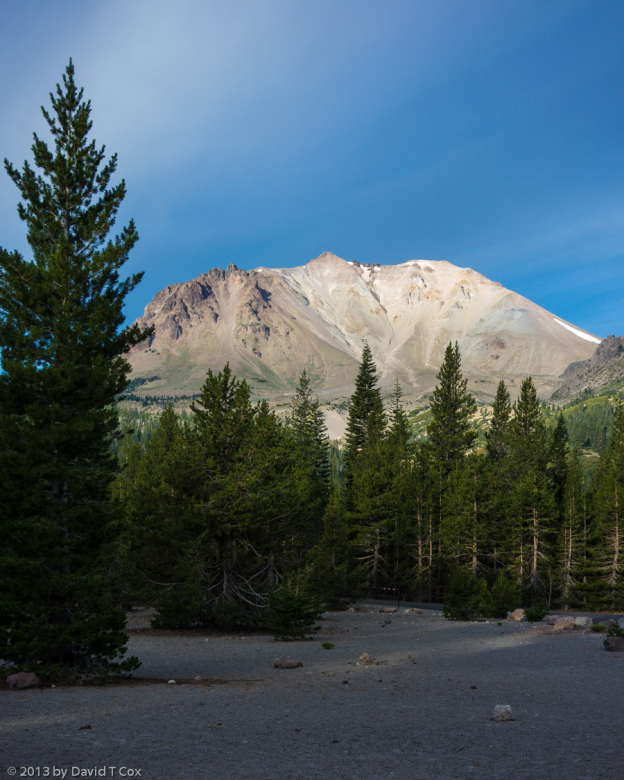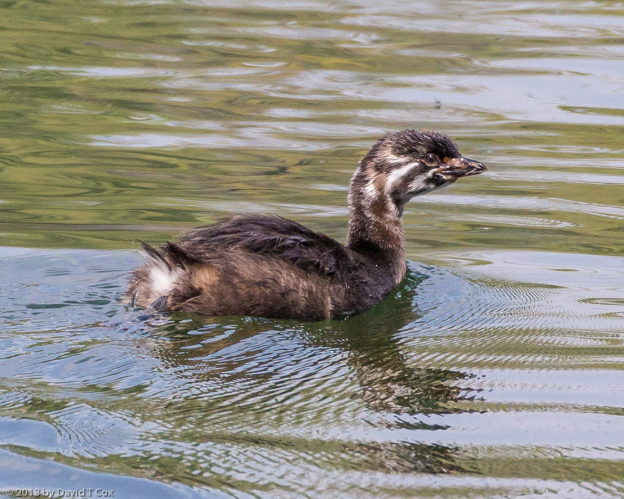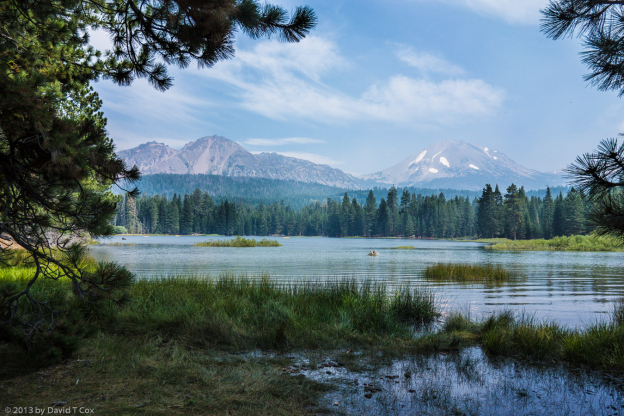All Photos Are Below the Travelogue Text
Click on Any Photo To Open Slide Show
To print the travelogue, right click anywhere on the page. Choose "Print" from your browser dialog box. You can choose Save to PDF in the browser print window.
Share your thoughts.
Email Dave - coxdavid55@hotmail.com
Hello all. I last wrote from Weed, CA. after visiting Crater Lake NP in Oregon. Since then I have driven across the Northeast corner of California, across Nevada on Hwy 50, and into Utah to Bryce Canyon. I first stopped for a few days to visit the little known Lassen Volcanic National Park in California. Consisting of a set of quite geologically recent volcanoes (Lassen Peak, which is the largest plug volcano in the world, had a fairly massive eruption in 1915), it is the southernmost end of the Cascade Range. It has a number of geologically active thermal areas; though not, perhaps, comparable to Yellowstone; the names clearly are more interesting – including “Bumpass Hell” thermal vents. Lassen exhibits all four major classes of volcanoes, surrounded by some pretty lakes.
From Lassen I drove down to Reno, Nevada and spent one night in an RV park at the Grand Sierra Resort Casino. Although I used the pool and did visit the casino, I find I have little interest in trying my hand at gambling. I did a little birding along the river walk right beside the casino, and for the first time photographed the brown creeper, along with the ash-throated flycatcher. Highway 50, officially designated the “Loneliest Road in America”, starts both in Reno and Carson City, the two alternates joining just west of Fallon. I drove the first day to Fallon, where the “lonely” part of the highway commences. 2007 statistics show sections of the road averaging around 500 vehicles a day, just over 1/10th of 1% of the busiest highways in North America; this still seems busy to me compared to some of the roads I took across the northern outback of Australia, and the state route I later took through south-western Utah where I passed only 8 other vehicles in over an hour. Hwy 50 across Nevada parallels much of the Pony Express route, and ruins of some of the stations, arranged roughly at 10-mile intervals, are still evident. It later served as the Butterfield Stage route. So – it was a famous passageway from Kansas City to the Pacific, but lost much prominence when Interstate 80 was aligned to the north.
Just east of Fallon lies Grimes Point with a large collection of unusual petroglyphs pecked into the very dark smooth boulders strewn across a small hillside. These petroglyphs range from an estimated 7,000 years ago to much more recent; the oldest are small pecked semi-spherical depressions along with long wide grooves (see photos). The next day, continuing east I detoured just east of the tiny town of Austin to drive up to the Hickison Petroglyph Recreation Area, with several panels of petroglyphs thousands of years old, but little understood. These petroglyphs were made by the desert archaic hunter-gatherers which lived in the Great Basin area from 10,000 years ago when it was much wetter. The panels are located in a low mountain pass, and almost certainly had significance related to hunting animals driven through the pass. That night I spent in Eureka, NV. From Eureka I continued on to Baker, just before the border of Utah, where I spent 3 days visiting the Great Basin National Park. I hiked twice from the end of the road, at about 10,000 feet, up towards Mt Wheeler (over 13,000 ft). At a wind-blown desolate spot near tree line is a large grove of bristlecone pines, the oldest living things on earth. Here I found two trees which had been dated by core samples at over 3,200 years old, having sprouted about when the great Ramesses II of Egypt fought the Hittite Empire to a draw in Kadesh in the 13th Century BC; the trees were over 1,200 years old when Julius Caesar ruled Rome and Jesus was walking the Sea of Galilee – and the trees live today. A few trees (unmarked and off the trail) are dated to 5,000 years old, half way back to the last ice age. Amazing. On day two I hiked up to 11,000 feet to a small glacier looking for the very rare black rosy-finch. I had previously sought and found the grey-crowned rosy-finch at the foot of the glaciers of Mt Rainer, and hoped to score a significant bird-find by getting my second rosy-finch species. I failed, but enjoyed the effort. While searching for sage grouse in the lowlands (I failed at that also) I came across a roosting place for common nighthawks. I had seen them every afternoon flying over my lonely campground with the summer rain storms (they usually are night birds). They are peculiar birds in that they normally roost on tree branches aligned with the branch; at this roosting site they also sat on some old power cables, looking funny sleeping parallel with the line (see pic).
From the Great Basin Park I drove into Utah and down to Bryce Canyon National Park, from where I wrote this report. I was there 4 days and must say, leaving aside only the Grand Canyon, the geologic views may be the most stunning I’ve encountered. No description in words can really describe the view over the “amphitheater” from Bryce Point; I, of course, have attached a couple of photos – but even these, to be fully appreciated, must be blown-up to poster-size with impressive detail. My digital photos will, of course, meet such standard, but I can only send small jpegs with this report, which do not do justice to reality. Hopefully they will incite in you some memory of seeing much larger panoramas.
From Bryce I traveled the short distance down to Zion National Park, which I will visit and report on later. I have embedded in this report photos of, in addition to scenics of the Parks, a juvenile American coot, ash-throated flycatcher, 3,200 yr-old bristlecone, mountain chickadee, common nighthawk, mule deer bucks in velvet, Uinta chipmunk, golden-mantled ground squirrel and a juvenile western bluebird. Later, Dave
To print the travelogue, right click anywhere on the page. Choose "Print" from your browser dialog box. You can choose Save to PDF in the browser print window.
Share your thoughts.
Email Dave - coxdavid55@hotmail.com
